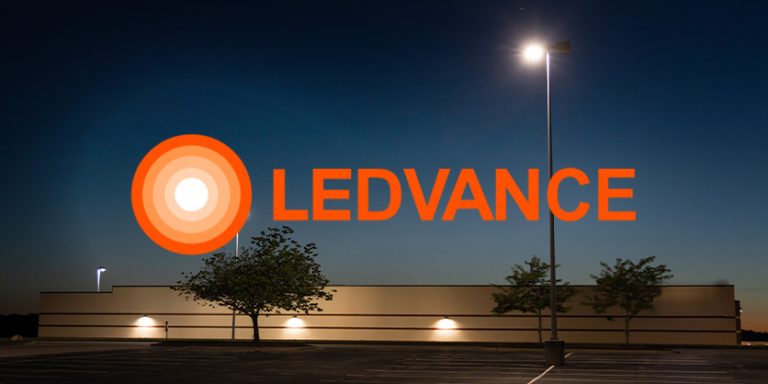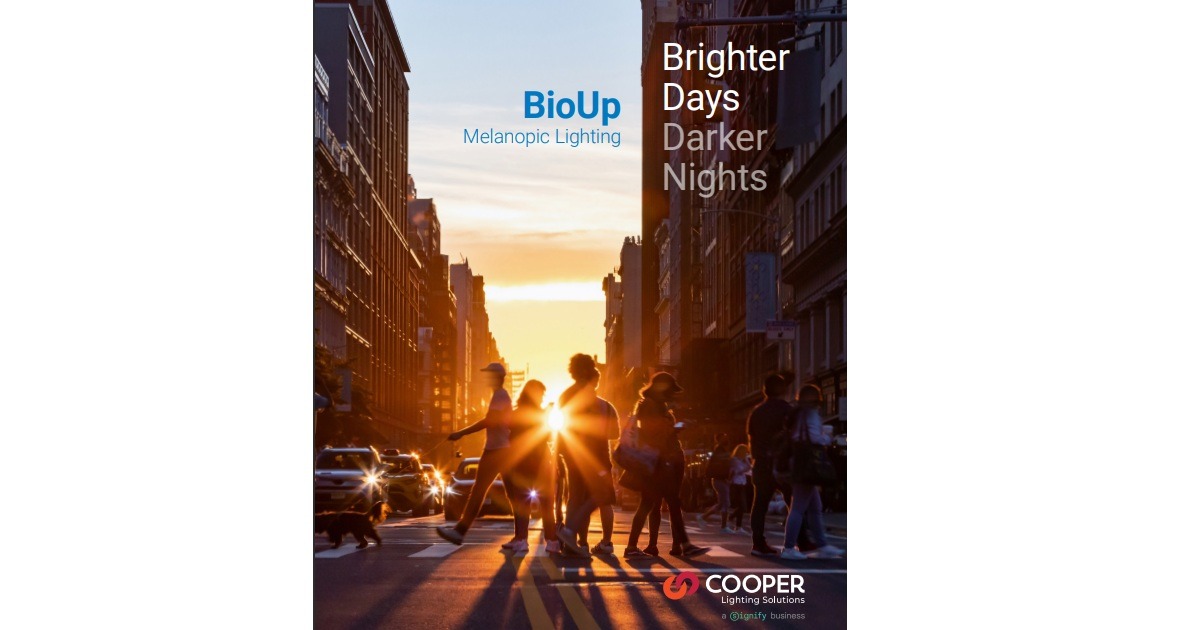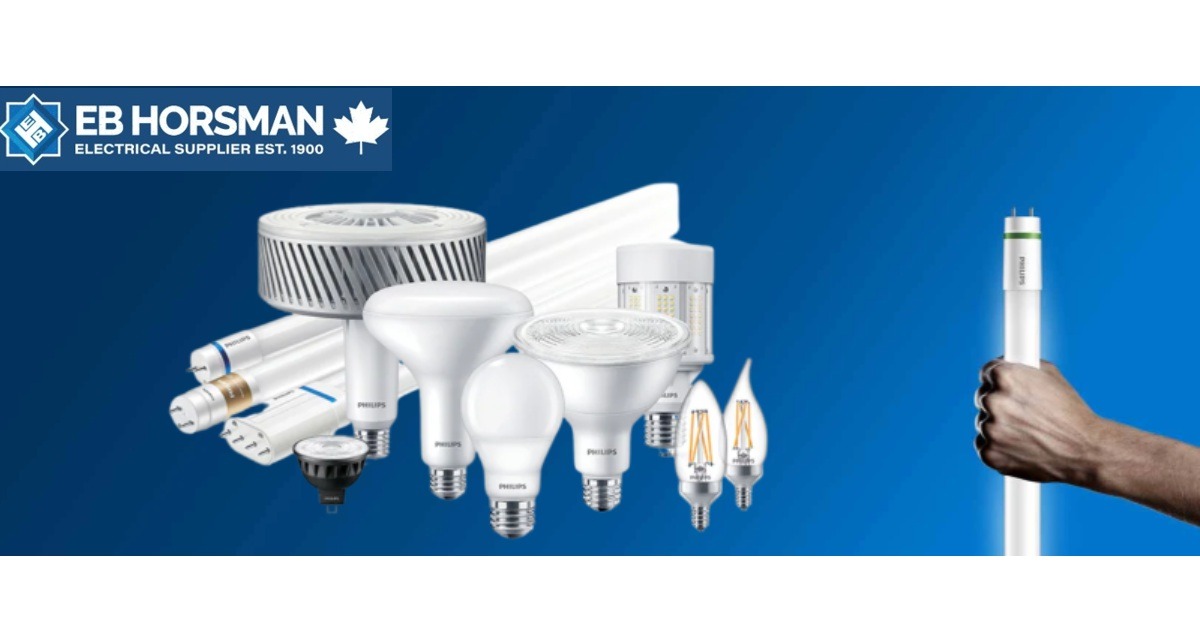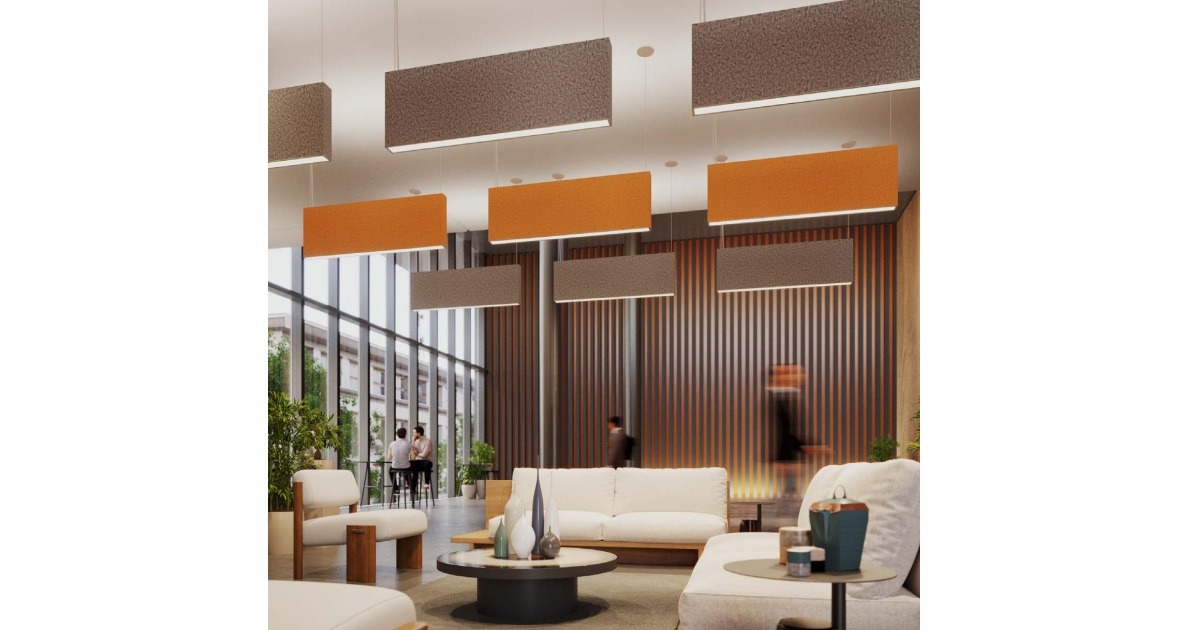60-Watt vs 100-Watt Light Bulbs: Brightness & Wattage

June 26, 2025
What You Need to Know When Comparing 60-Watt vs 100-Watt Bulbs
With the widespread use of LED light bulbs, the replacement and upgrade of different light bulbs have also made the concept of “equivalent wattage” more and more discussed. When comparing 60-watt vs 100-watt bulb, the wattage and brightness are the factors that need to be figured out first.
What is Wattage & Brightness?
Wattage is used to measure the energy consumption while many people mistakenly believe it as a direct measure of the brightness. In fact, higher wattage bulbs don’t always mean brighter light. The brightness of a light bulb is measured in lumens. It should be noticed that different types of light bulbs usually emit light with different lumen ratings even at the same wattage. For example, LED lights can emit the same amount of light while consuming less energy (watt) than Halogen bulbs.

Key Differences Between 60-Watt vs 100-Watt Light Bulbs
There are significant differences between 60-watt and 100-watt bulbs in multiple dimensions. Understanding these differences can help us make more appropriate lighting choices.
- Current Consumption: A 100-watt bulb has higher power and consumes more electrical energy within a unit of time.
- Brightness: A 60-watt bulb is approximately 600 to 800 lumens, while a 100-watt bulb is about 1000 to 1300 lumens.
- Lifespan: The lifespan of a 60-watt bulb is approximately 1,000 hours. A 100-watt bulb has a slightly shorter lifespan because the filament is more likely to burn out at high power.
- Application: A 60-watt bulb is great for places like bedrooms or reading lamps where you don’t need super bright light. A 100-watt bulb works better in living rooms, offices, or anywhere that needs brighter lighting.
- Price: Among the same type of bulbs, the initial price of 100 watts is slightly higher than that of 60 watts.
60-watt and 100-watt bulbs each have their pros and cons when it comes to power, brightness, and energy use. When choosing between them, it’s important to consider things like the size of the space, how much light you need, and your energy-saving goals.
Is a 100-Watts Bulb Brighter Than a 60-Watts Bulb?
Under the same lighting system, the higher the wattage of the lamp, the higher the lumen level of its output. However, as stated earlier, wattage is not a measure of brightness, different lights will shine differently at the same wattage, for example, a 40W incandescent bulb has the same brightness as an LED using only 9W brightness (lumens). You can use the following form for reference.
| Incandescent Wattage | LED Bulb Wattage | Lumens Rating |
|---|---|---|
| 25 Watts | Up to 5 Watts | 250 Lumens |
| 40 Watts | 6 to 9 Watts | 450 Lumens |
| 60 Watts | 8 to 15 Watts | 800 Lumens |
| 75 Watts | 12 to 17 Watts | 1,100 Lumens |
| 100 Watts | 15 to 19 Watts | 1,600 Lumens |
| 125 Watts | 20 to 25 Watts | 1,850 Lumens |
| 150 Watts | 30 Watts | 2,600 Lumens |
Can a 60-Watt Bulb Be Installed in a 100-Watt Fixture?
Light fixtures can handle a certain amount of wattage. It would be safe if a bulb with a wattage equal to or less than the fixture’s designed wattage. In fact, in some cases, it may even be beneficial to use a lower-wattage bulb in a higher-wattage fixture. For example, using a lower-wattage bulb can help you get a softer or dimmer lighting effect.

It is imperative to note that using a higher-wattage bulb in a light fixture with a lower wattage rating can create a fire hazard and damage fixtures or wiring. So be sure to check the wattage rating of the light fixture before installing the bulb.
What Other Factors Can Affect the Brightness?
The brightness of the bulb is not only affected by the wattage and the type of lamp, but the power supply voltage also affects the brightness of the bulb. If the voltage is too low, the bulb may not get enough power to produce maximum brightness. Not only that, but over time, the filament or LED can wear out or become damaged, reducing its ability to emit light.

Ambient temperature is also an important factor, in the case of incandescent bulbs, if the temperature is too high, the filament may burn out faster, reducing the brightness of the bulb.
FAQs
1. How Many Lumens Is a 100-Watt Bulb?
A 100-watt incandescent bulb typically produces about 1500 lumens. If it is an LED bulb, the 100-watt equivalent is about 1600-1800 lumens. The exact value depends on the type of bulb and its energy efficiency.
2. Is It Safe to Substitute a 60W Bulb With a 100W Equivalent Led in Commercial or Office Fixtures?
You can replace a 60-watt bulb with an LED that’s labeled as a 100-watt equivalent, as long as your light fixture can handle it. LED bulbs use much less power than traditional incandescent bulbs, so you’ll get more brightness while using less energy. Just make sure to check the fixture’s specifications first to ensure it’s safe to use.
3. Is a 60-Watt Bulb Good for Reading Areas?
A 60-watt bulb is usually adequate for reading areas, especially when using an incandescent or LED lamp of equivalent brightness. It can provide soft but sufficient lighting to help protect eyesight and reduce eye fatigue. Choosing a bulb with a color temperature of around 4000K will be closer to natural light and more suitable for long-term reading.
4. When Should a Business Choose 100W Bulbs Over 60W?
It is when the lighting environment demands higher brightness and broader light coverage. 60W bulbs are more appropriate for smaller rooms, offices, meeting areas, or focused task lighting where softer illumination is sufficient.
5. What’s the Impact on Heat Generation Between 60W and 100W Bulbs in Enclosed Fixtures?
100W bulbs produce substantially more heat due to their higher energy consumption. In enclosed fixtures, this added heat can lead to several issues in commercial environments, such as shortened bulb lifespan, increased cooling costs, and potential overheating of the fixture itself.













